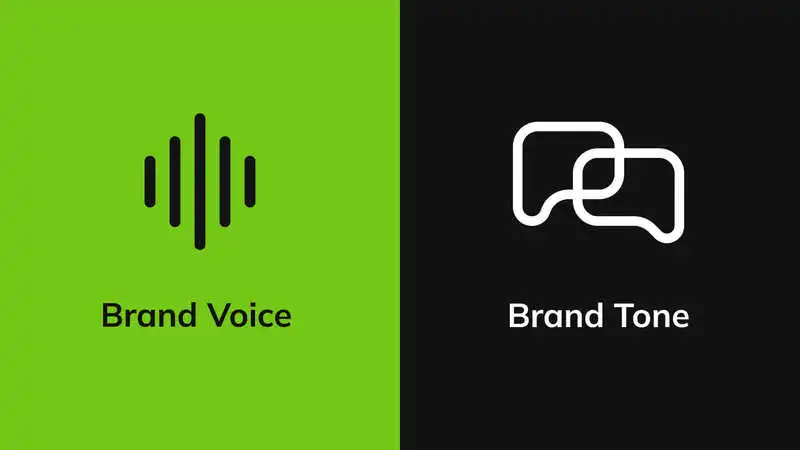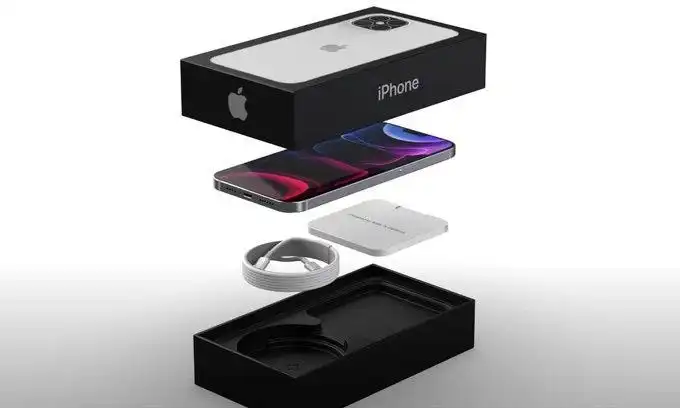What exactly is brand voice, and why does it matter? At its core, brand voice encompasses the unique personality, tone, and language that a brand adopts to communicate with its audience. It’s the essence of how a brand speaks, reflecting its values, identity, and positioning in the market. Just as each individual has a distinct voice that conveys their personality and emotions, brands too possess a voice that shapes how they are perceived and experienced by consumers. The concept of brand voice emerges as a potent tool for differentiation and connection in a world where brands vie for attention in crowded digital spaces and amidst ever-evolving preferences.
However, brand voice goes beyond mere words on a page or screen. It covers the entire spectrum of communication, including the choice of vocabulary, the level of speech, and even the visual elements accompanying the message. It’s the result of careful choices by brand experts to trigger feelings, connect with the right people, and prompt certain behaviors.
On the other hand, brand tone is the emotional flavor within the brand voice. It adapts to different situations and audiences, allowing the brand to convey varying emotions and messages while still staying true to its overall voice. For example, the tone might be casual and friendly in social media posts, but more formal in official communications. Brand tone adds depth and resonance to the brand’s messaging, ensuring that it connects effectively with diverse audiences across various touchpoints. It’s like changing the volume or tone of your voice to match the mood or the people you’re talking to.
For example, Apple’s brand voice is all about simplicity, innovation, and style. They want to make technology easy to use and beautiful to look at. Apple encourages people to think differently and embrace creativity in everything they do. They create a sense of belonging and community among their users, fostering loyalty and advocacy for the brand. Phrases like “Designed by Apple in California” and “Think Different” are used to emphasize their commitment to quality and innovation.
Brand tonality encompasses the broader spectrum of how a brand communicates, including not only the emotional tone but also the overall style, manner, and consistency of communication. It refers to the holistic approach to messaging that defines the brand’s personality and voice. Brand voice defines the personality and tone of the brand’s communication, while brand tonality encompasses the broader context and consistency of communication across all touchpoints.
Brand experience is all about the different ways customers interact with a brand, from the first time they see an ad to getting help after buying something. It’s not just about the product or service itself but how customers feel at every step.
Brand tonality and brand experience are intrinsically linked – the way a brand communicates directly influences how customers perceive their interactions with the brand. A consistent tonality helps set expectations and establishes an emotional connection with customers, while a positive brand experience reinforces the brand’s messaging and strengthens its relationship with customers.
On the other hand, brands that maintain a cohesive tonality and deliver exceptional experiences at every touchpoint can create loyal advocates who not only continue to support the brand but also recommend it to others. By aligning brand tonality with brand experience, brands can create a powerful narrative that resonates with customers and sets them apart in a competitive marketplace.
Brand voice isn’t just some fancy term in branding; it’s the heartbeat of how a brand talks to people. It’s like its personality, tone, and the words it chooses all rolled into one. Understanding brand voice means breaking it down into its bits and pieces, seeing how it matches up with the brand’s personality, and figuring out how it’s different from a brand tone. Brand voice is all about how a brand communicates and what it stands for, while brand tone adds that emotional touch to reach different types of people.
Then there’s brand tonality, which is like the big picture of how a brand communicates. It’s about making sure everything sounds consistent and real across the board, from ads to customer service, so that every interaction feels special and memorable.
Getting your brand voice just right takes some thinking. You’ve got to know your audience inside and out, nail down what your brand is all about, and always stick to your core values. And while you’re at it, you’ve got to be flexible enough to change your voice depending on who you’re talking to and where you’re talking. But when you get it right, magic happens. Your brand becomes more than just a name or a product – it becomes a story that people want to be a part of. And that’s when you know you’ve hit the sweet spot.




